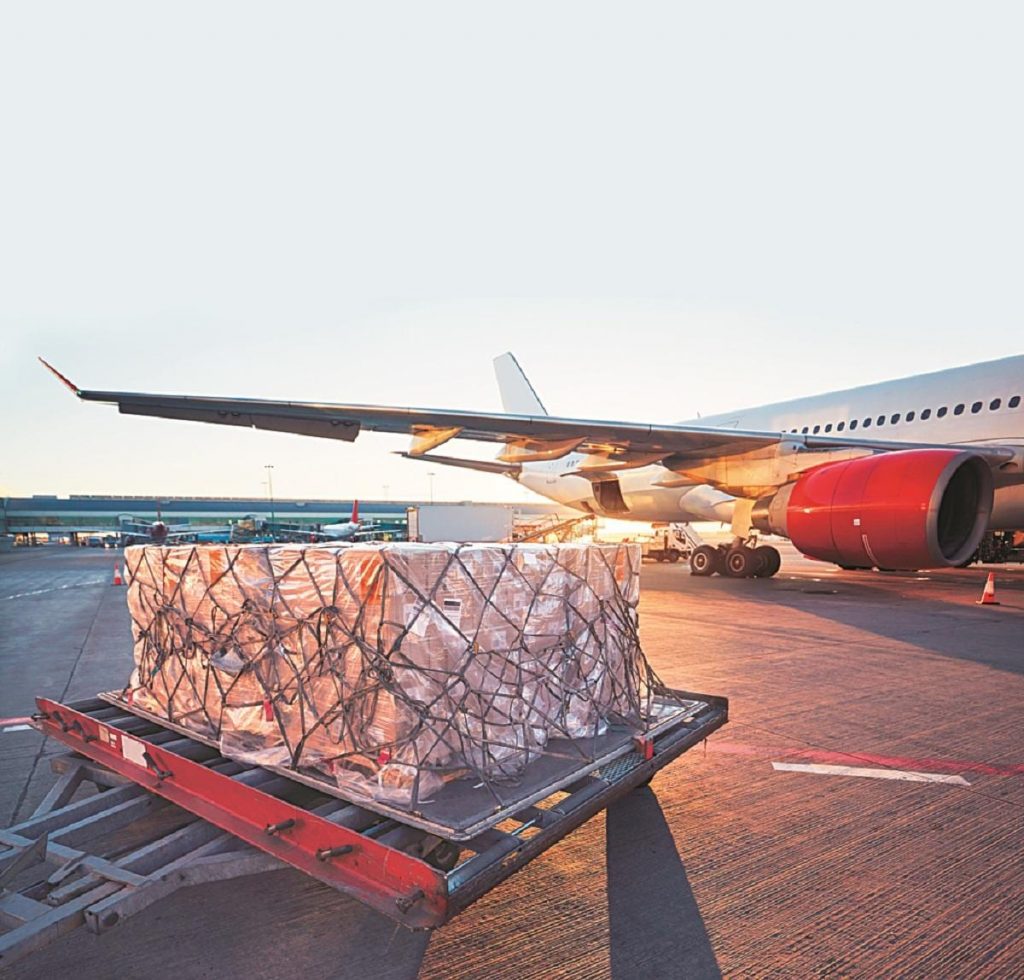Air Transportation: Exploring the Pros and Cons of Flying
3 min read
Air transportation has revolutionized the way we travel, connecting people and goods across the globe at unprecedented speeds. However, like any mode of transportation, it comes with its own set of advantages and disadvantages. In this blog post, we will delve into the pros and cons of air transportation, providing you with a comprehensive understanding of its benefits and drawbacks.
Pros of Air Transportation:
- Speed and Efficiency:
One of the most significant advantages of air transportation is its unparalleled speed. Airplanes can cover vast distances in a fraction of the time compared to other modes of transportation. This makes it ideal for long-distance travel, especially when time is of the essence. Additionally, airports are designed to handle large volumes of passengers and cargo efficiently, ensuring quick turnaround times. - Global Connectivity:
Air transportation has transformed the world into a global village, connecting people from different corners of the world. With numerous airlines and flight routes, it has become easier than ever to reach even the most remote destinations. This connectivity has opened up opportunities for tourism, trade, and cultural exchange, fostering economic growth and understanding between nations. - Accessibility:
Airports are typically located near urban centers, making air travel easily accessible to a large population. This accessibility eliminates the need for long and arduous journeys to reach distant destinations. Moreover, airlines offer a wide range of flight options, allowing travelers to choose from different schedules, routes, and fares, providing flexibility and convenience. - Safety and Security:
Despite occasional incidents that garner media attention, air travel is statistically one of the safest modes of transportation. Airlines adhere to strict safety regulations, and continuous advancements in technology and training have significantly reduced the risk of accidents. Additionally, airports have stringent security measures in place to ensure the safety of passengers and prevent unauthorized activities.
Cons of Air Transportation:
- Cost:
Air travel can be expensive, especially for long-haul flights or during peak travel seasons. The high operating costs associated with airlines, including fuel, maintenance, and personnel, are often reflected in ticket prices. Additionally, additional charges for baggage, in-flight services, and seat selection can further increase the overall cost of air travel. - Environmental Impact:
Air transportation is a significant contributor to greenhouse gas emissions, which contribute to climate change. Aircraft engines release carbon dioxide, nitrogen oxides, and other pollutants into the atmosphere, leading to air pollution and environmental degradation. Efforts are being made to develop more fuel-efficient aircraft and sustainable aviation fuels, but the industry still has a long way to go in reducing its carbon footprint. - Limited Accessibility:
While airports are easily accessible in urban areas, they may be scarce or nonexistent in remote regions. This lack of accessibility can hinder economic development and limit opportunities for communities located far from major transportation hubs. Additionally, air travel may not be suitable for individuals with mobility issues or those who require special assistance. - Potential Disruptions:
Air travel is susceptible to various disruptions, including weather conditions, technical issues, and air traffic congestion. Delays and cancellations can cause inconvenience and disrupt travel plans, leading to frustration for passengers. While airlines strive to minimize disruptions, unforeseen circumstances can still impact the reliability of air transportation.
Conclusion:
Air transportation offers unparalleled speed, global connectivity, and accessibility, making it a preferred choice for many travelers. However, it is essential to consider the cost, environmental impact, limited accessibility, and potential disruptions associated with air travel. By weighing the pros and cons, individuals can make informed decisions when choosing their mode of transportation, considering factors such as distance, urgency, and personal preferences.
